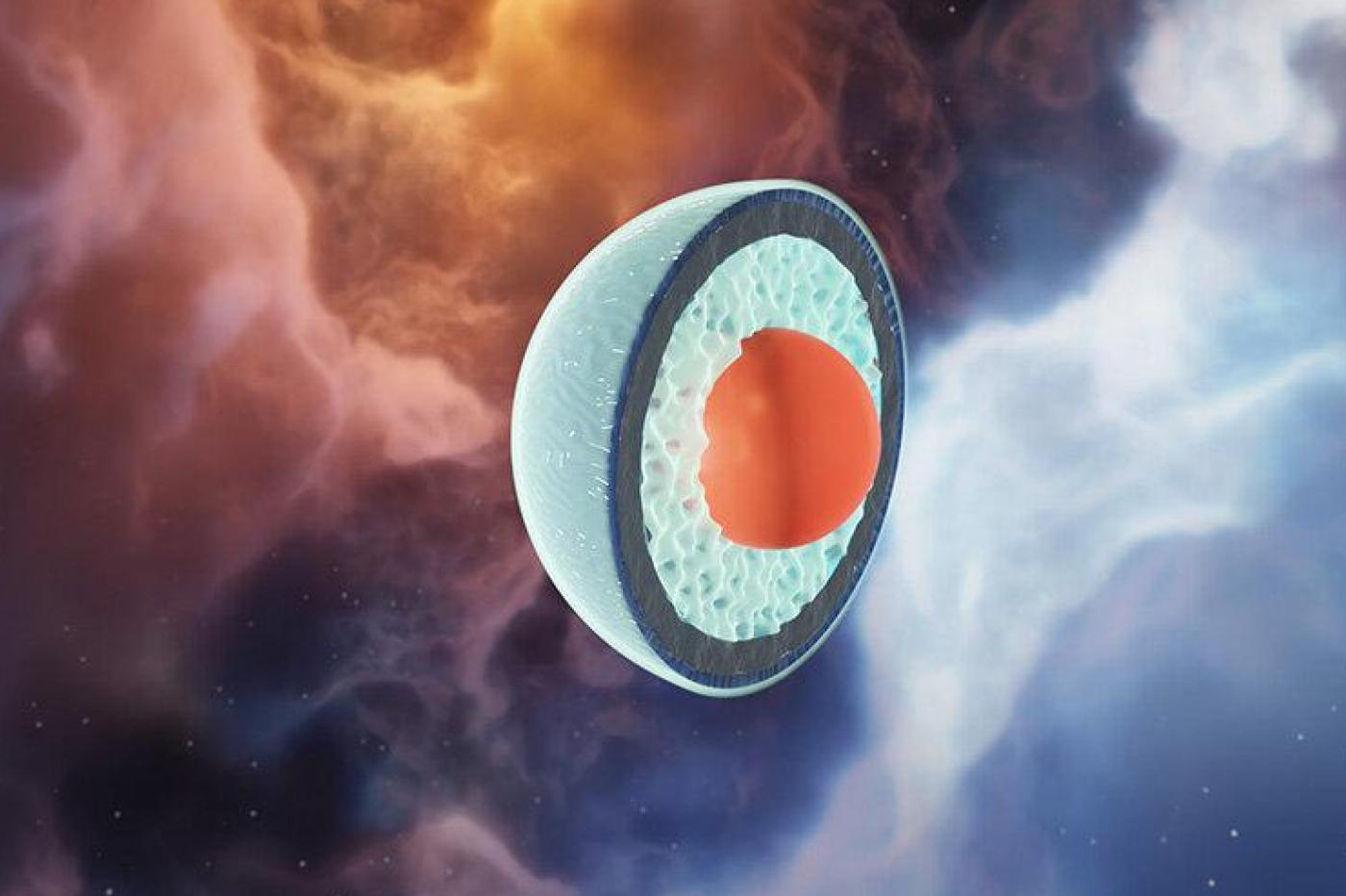
Is there a strange state of matter hiding in neutron stars?
For many years, scientists believed that matter could exist in three different states: solid, liquid, or gas. But with advances in fundamental physics and materials science, other states began to emerge. The most famous is certainly plasma, where charged particles rotate freely. We can also cite other, more exotic examples such as Bose-Einstein condensates, where particles behave as a single entity.
These strange cases generally occur in fairly harsh conditions. For example, plasma is created in low-pressure, high-temperature environments, such as tokamaks used in nuclear fusion experiments. For their part, Bose-Einstein condensates only exist at temperatures close to absolute zero.
In 2020A team of Finnish researchers has identified another extreme environment in which matter can exist in a strange state: Neutron stars. These are celestial objects that appear when a massive star runs out of fuel. Unable to sustain the thermonuclear reactions that drive it, its core tends to collapse in on itself. This mass then finds itself subject to enormous pressure forces, which have the effect of clumping the majority of the particles into neutrons.
Quark soup for the heart
These neutrons are one of the three traditional components of atoms, along with protons and electrons. But unlike the latter, neutrons are not fundamental particles; They are collections of smaller units that physicists call quarks.
Inside the neutron, these quarks are bound together by an extremely strong force, simply called the strong nuclear interaction. It is therefore almost impossible to separate them, as we do with electrons to produce plasma.
On the other hand, the study suggests that this very compact structure can still be undermined in the cores of neutron stars, where gravitational forces are exceptionally strong. Under these conditions, the bonds holding the quarks together can stretch, allowing the particles to move relative to each other; We get what physicists call Unconfined quarks. In other words, the core of the most massive neutron stars would consist of some kind of core Quark soup is exceptionally dense, but relatively liquid.
Extensive statistical analysis
Recently, the team behind this work collaborated with other international researchers to try to determine whether this hypothesis holds up in a study they observed. The universe today.
The problem is that it is impossible to verify this hypothesis experimentally. Unfortunately, our current technology does not allow us to recreate such dense materials in the laboratory. Therefore, researchers are forced to work with computer simulations.
The mathematical tool of choice in this scenario is the Tolman-Oppenheimer-Volkoff equation, or TOV. It is a set of differential equations based on fluid mechanics and the principles of general relativity that make it possible to describe the properties of a neutron star. But this is a very complex equation and requires enormous computing power to use to solve real-world problems. Often, these methods do not produce the expected results, because the TOV equation only allows us to obtain probabilities. Therefore, we cannot determine with certainty whether the core of these stars consists of relatively free quarks, or just a collection of classical neutrons.
Even if it meant accepting some uncertainty, the researchers ignored the TOV equation and chose another mathematical strategy based on Bayesian statistics. This is an approach that also requires significant computing power when applied to this type of work. But it is particularly flexible and effective when it comes to extrapolating from a limited data set.
The team used this method to compare small neutron stars, which theoretically cannot have quark-based nuclei, with larger stars that likely have quark nuclei. They therefore hoped to find a difference in the mass/density ratio of different classes of neutron stars. Such a gap would be a strong sign that the most massive neutron stars indeed contain a core built on unconfined quarks.
Neutron stars still have a lot to teach us
That's exactly what they found with this Bayesian analysis, which was conducted using a Finnish supercomputer. They concluded that largest neutron stars, Those whose mass is more than twice the mass of the Sun, They have an 80-90% chance of providing such a structure.
These results should be interpreted with caution, because they are based on a somewhat limited data set. But this study is still very interesting. It shows that astrophysicists are still a long way from understanding all the mechanisms that can occur in these extreme environments, on the border of classical physics and the quantum world.
So the challenge is to collect more data about these fascinating celestial objects. This will allow Check carefully for the presence of these Quark hearts “, Then study them Their characteristics and roles in the life cycle of starswith potentially profound implications for all of astrophysics.
The text of the study is available here.
🟣 To not miss any news on Journal du Geek, subscribe to Google News.

“Organizer. Social media geek. General communicator. Bacon scholar. Proud pop culture trailblazer.”
